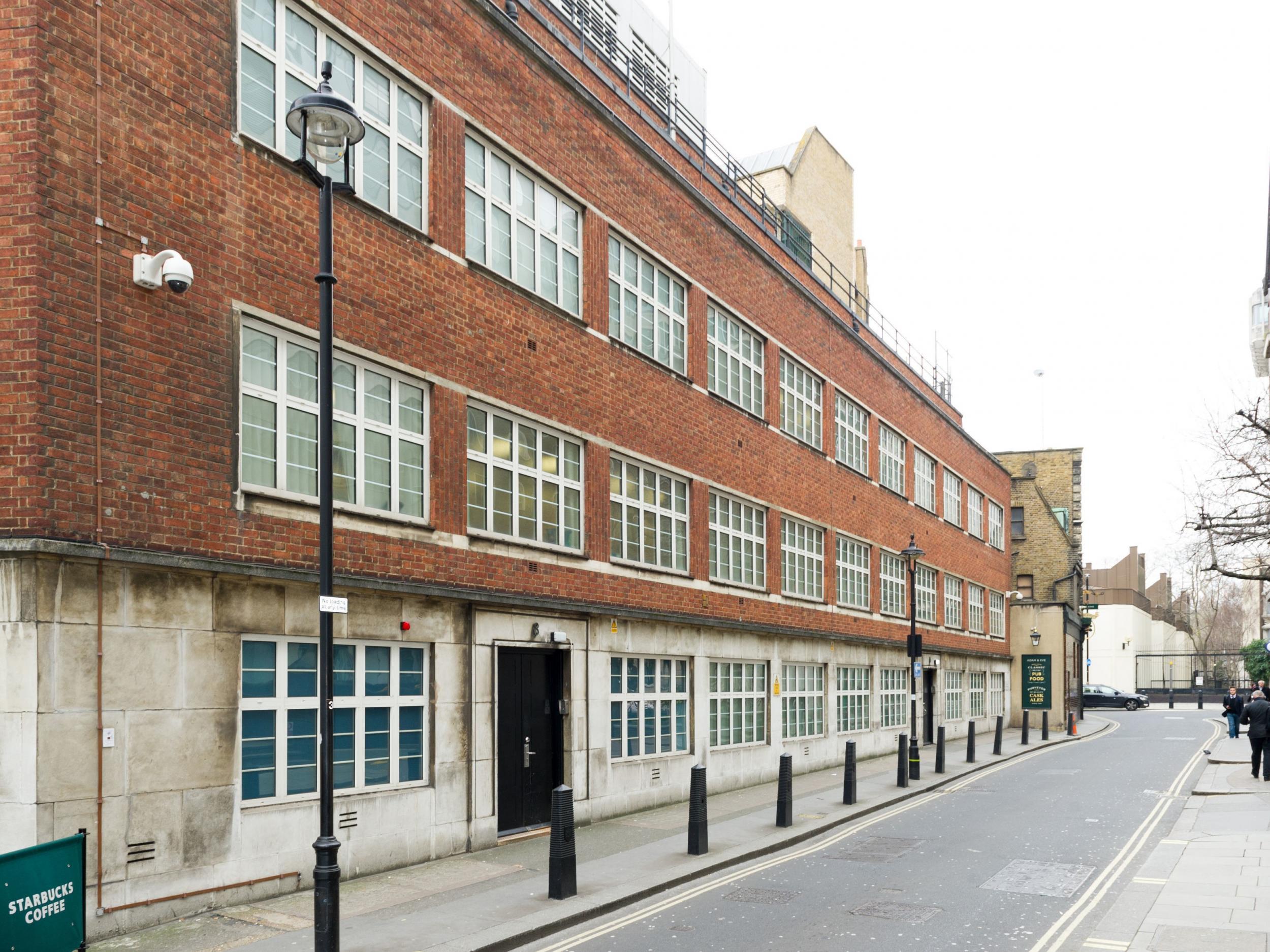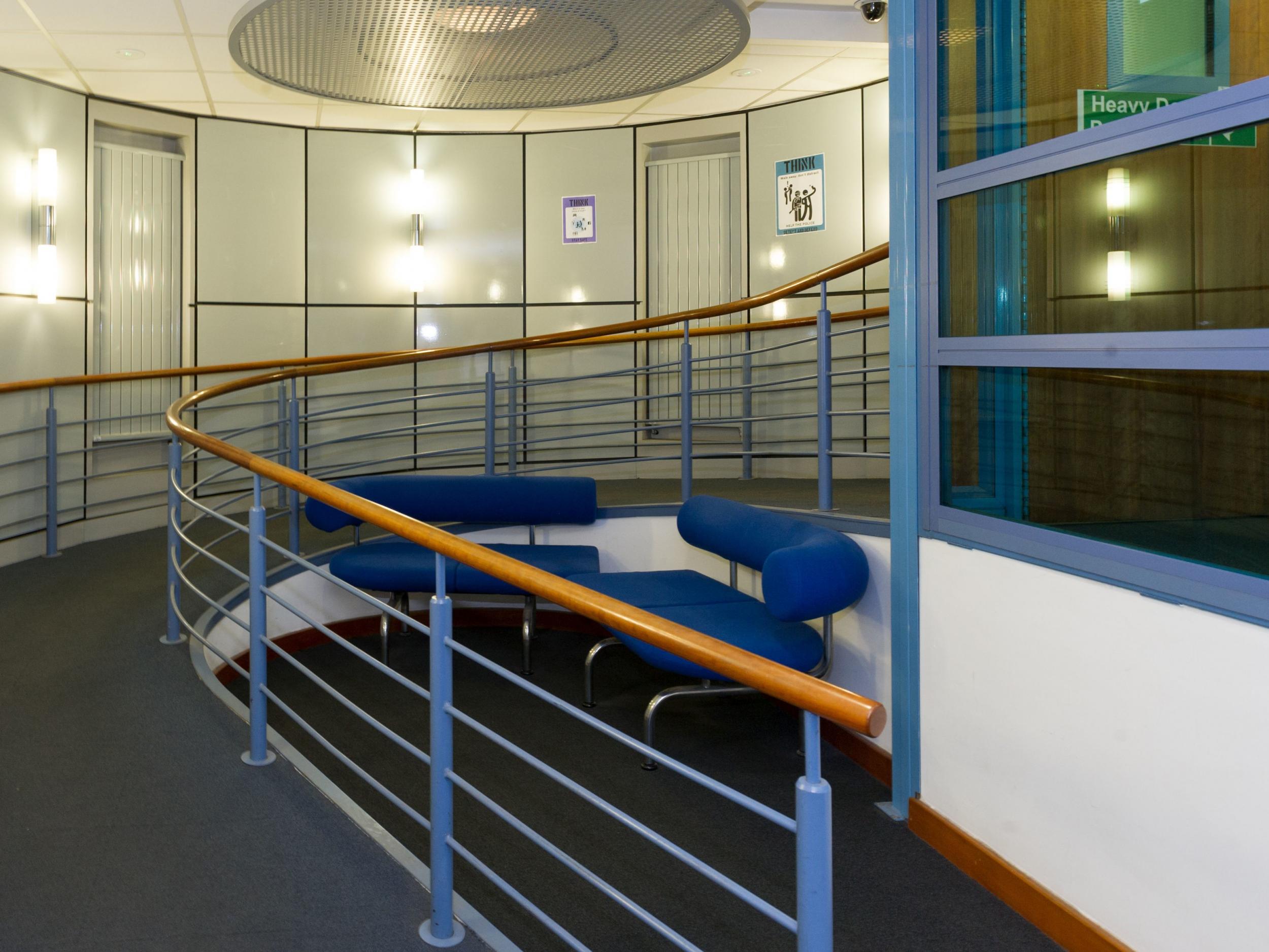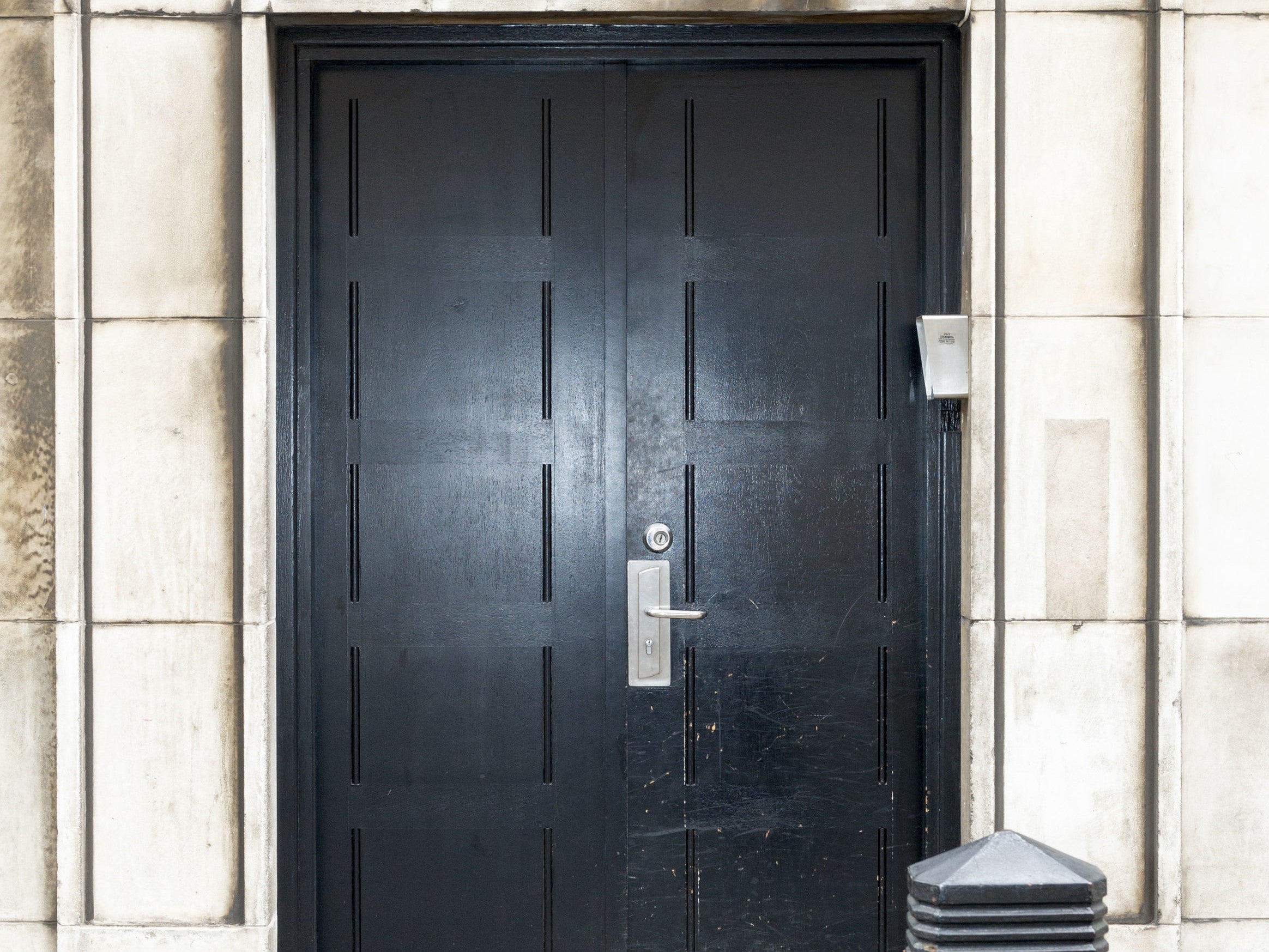The secret GCHQ spy base between the pub and Starbucks
Spies worked here between 1953 and 2019, and very few seem to have noticed

Your support helps us to tell the story
From reproductive rights to climate change to Big Tech, The Independent is on the ground when the story is developing. Whether it's investigating the financials of Elon Musk's pro-Trump PAC or producing our latest documentary, 'The A Word', which shines a light on the American women fighting for reproductive rights, we know how important it is to parse out the facts from the messaging.
At such a critical moment in US history, we need reporters on the ground. Your donation allows us to keep sending journalists to speak to both sides of the story.
The Independent is trusted by Americans across the entire political spectrum. And unlike many other quality news outlets, we choose not to lock Americans out of our reporting and analysis with paywalls. We believe quality journalism should be available to everyone, paid for by those who can afford it.
Your support makes all the difference.It just seemed like a boring office building, albeit one handily sandwiched between a Starbucks and a pub.
But behind the imposing if basically unremarkable front door in Palmer Street there lay an extraordinary secret: for more than 65 years, this was the London home of Britain’s GCHQ spy agency.
Only on Friday was it revealed that this building opposite St James’s Park Tube station has served as a secret base for British intelligence operatives since 1953.
GCHQ, often styled as “Britain’s listening post”, although its website prefers “world-leading intelligence, cyber and security agency”, has only revealed the secret because it recently moved out of the Palmer Street base.
The intelligence organisation’s director, Jeremy Fleming, issued a statement saying: “As we depart our Palmer Street site after 66 years, we look back on a history full of amazing intelligence, world-leading innovation, and the ingenious people who passed through those secret doors.
“Then, as now, it’s a history defined by the belief that with the right mix of minds anything is possible.”
GCHQ works alongside MI5, MI6 and law enforcement to protect the UK from threats including cyberattacks and terrorism.
It is marking its centenary throughout 2019.
The agency was established on November 1 1919 as a peacetime “cryptanalytic” unit made up from staff from the Admiralty’s Room 40 and the War Office’s MI1(b).
During the Second World War, GCHQ personnel moved to Bletchley Park where they decrypted German messages, most famously by breaking Enigma communications.
In the early 1950s, the service moved its headquarters from the London suburbs of Eastcote to Cheltenham, meaning a suitable location was needed in the centre of the capital for the handling of secret paperwork and as a regular base for its director.
After a search, the Ministry of Works provided the newly built government-leased building on Palmer Street.

GCHQ moved into its secret London home in the spring of 1953, and a range of different teams worked there over the following decades.
The agency said: “The Palmer Street hub has played its part in significant events over the years, such as the 2012 London Olympics, and working with our partners, MI6, MI5 and the Metropolitan Police, to counter terrorist activities and serious and organised crime, whilst keeping ministers up to date with security briefings.”
The plans for the building, which has been sold privately, are not known.
As well as its Cheltenham HQ, the agency has offices in Bude, in Cornwall, Scarborough, Lincolnshire and Harrogate.
Later this year the intelligence organisation will open a new secure facility in Manchester.

GCHQ has embarked on a transparency drive in recent years after coming under intense scrutiny in the wake of Edward Snowden’s revelations about intelligence techniques.
In 2016 GCHQ became the first of the country’s spy agencies on Twitter, and in 2018 it opened an Instagram account.
While no longer operating from the Palmer Street site, GCHQ will maintain a presence somewhere in London.
But the transparency drive does not extend to saying exactly where.
Join our commenting forum
Join thought-provoking conversations, follow other Independent readers and see their replies
Comments